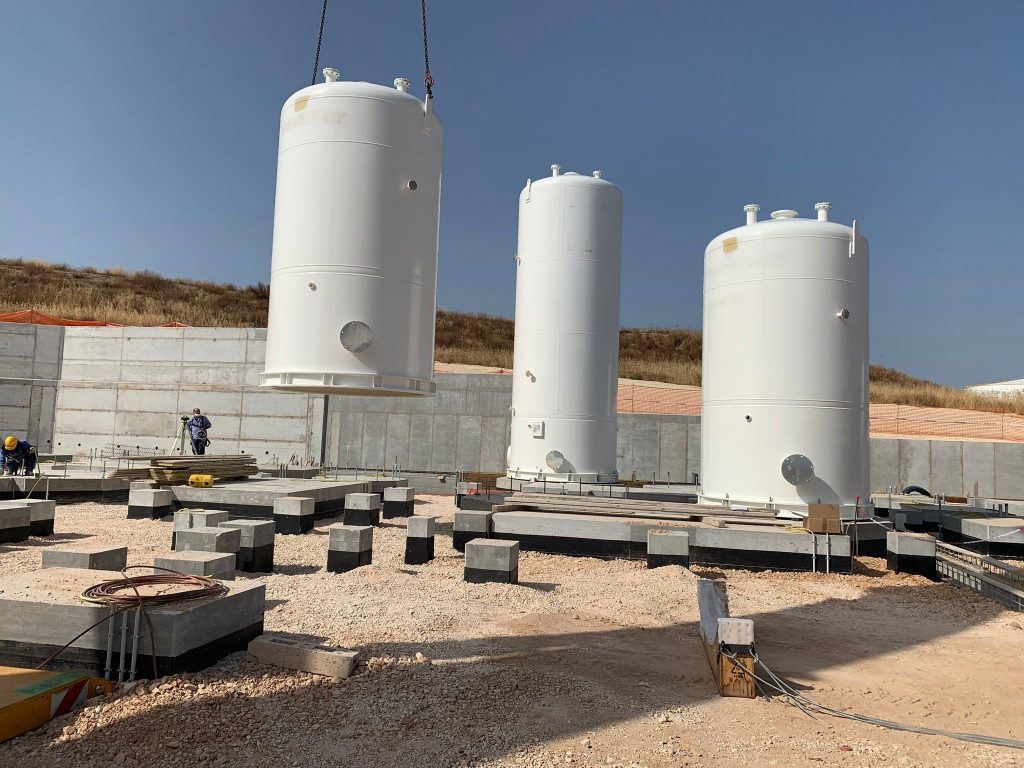All you need to know about EPA Facility Level Information on GHGs Tool (FLIGHT)

Beginning in 2011, oil and gas facilities were required to report greenhouse gases (GHG) to the U.S. Environmental Protection Agency’s (EPA) Greenhouse Gas Reporting Program (GHGRP) using the online e-GGRT system. Besides, oil and gas (O&G) operations, the GHGRP includes a total of 41 industrial categories. Reporting is required for facilities that annual emit 25,000 metric tons or more of GHGs. Much of the data reported to the e-GGRT system can be viewed and downloaded from the Facility Level Information on GHGs Tool (FLIGHT) website.
Since e-GGRT only includes facilities that emit 25,000 metric tons or more of GHGs per year, the FLIGHT data does not reflect total U.S.GHG emissions.
The FLIGHT website is easy to use. FLIGHT data can be viewed and downloaded in several formats including maps, tables, charts and graphs for individual facilities (e.g., Basins for O&G production and gathering and boosting) or groups of facilities. Data for specific GHG industry sectors and geographic States and Counties can be generated, viewed and exported in Excel. Data reported since 2010 is available.
Currently, data supplied by FLIGHT uses units of metric tons of carbon dioxide equivalent (CO2e) based on the global warming potentials (GWP) from the United Nations Intergovernmental Panel on Climate Change’s (IPCC) Fourth Assessment Report (AR4). To convert the reported metric tons of methane CO2e to metric tons of methane, divide the CO2e value by 25.
Some uses of FLIGHT data include:
- Download data from an industry sector to determine the year-to-year GHG emission trend.
- Compare GHG emissions from reporting facilities.
- Use FLIGHT data to determine historical Carbon Intensity of a company’s operations (kg CO2e per BOE – see Cimarron Blog on Carbon Intensity).
- Use FLIGHT data to forecast if the recently enacted “methane fee” will apply to a company’s O&G operations. If the methane fee might apply, a company can determine actions needed to reduce methane emissions so that the fee impact is reduced or eliminated.
Summary and Conclusions
The EPA’s FLIGHT tool is a useful way to view and download greenhouse gas (GHG) emissions data reported to the EPA’s Greenhouse Gas Reporting Program (GHGRP). The GHGRP data includes facilities that emitted 25,000 metrics tons per year of GHG emissions. The available FLIGHT data can be useful for comparison purposes, determining the Carbon Intensity of facilities, and to determine if the recently enacted “methane fee” will apply to an O&G facility.

(This is a snapshot of the EPA website)
Cimarron – Who We Are
Cimarron’s overall goal is to reduce greenhouse gas emissions for all industries as we work with our clients to create a cleaner environment.
The company engineers and manufactures environmental, production and process equipment for the upstream, midstream and downstream energy industries, as well as environmental control solutions for biogas at wastewater facilities, digester tanks and landfills.
Cimarron offers our customers the know-how and environmental expertise to meet the environmental standards of today and tomorrow. Cimarron is committed to bring value to the Energy industry and their shareholders based on our financial strength, experienced personnel, and engineering capabilities.
As a company, we thrive every day to make a difference through innovation (e.g. ESG), customer focus, and operational efficiency. In addition to being present in all major regions in the US, Cimarron serves more than 45 countries around the world, ranging from offshore to desert. From key operational centers in the United States, Italy and the United Arab Emirates, Cimarron offers ongoing service and support through its own field service personnel and strategic third-party partners, creating a cleaner environment for our customers and their shareholders.
Since its founding in the mid-1970’s in Oklahoma, the company’s product offering has expanded from production equipment to include the largest line of environmental solutions that capture or incinerate fugitive vapors. With the acquisitions of HY-BON/EDI in 2019 and AEREON (including Jordan Technologies) in 2020, Cimarron has added strong brands, products, and services to its portfolio.
Please contact us to learn more about our products and services and about all our ESG solutions at sales@cimarron.com or visit our website www.cimarron.com.

Hello there, just became alert to your blog through Google, and found that it is truly
informative. I am going to watch out for brussels.
I’ll be grateful if you continue this in future.
A lot of people will be benefited from your writing.
Cheers! Lista escape room
I was studying some of your articles on this internet site and I
believe this site is really informative! Keep putting up.!